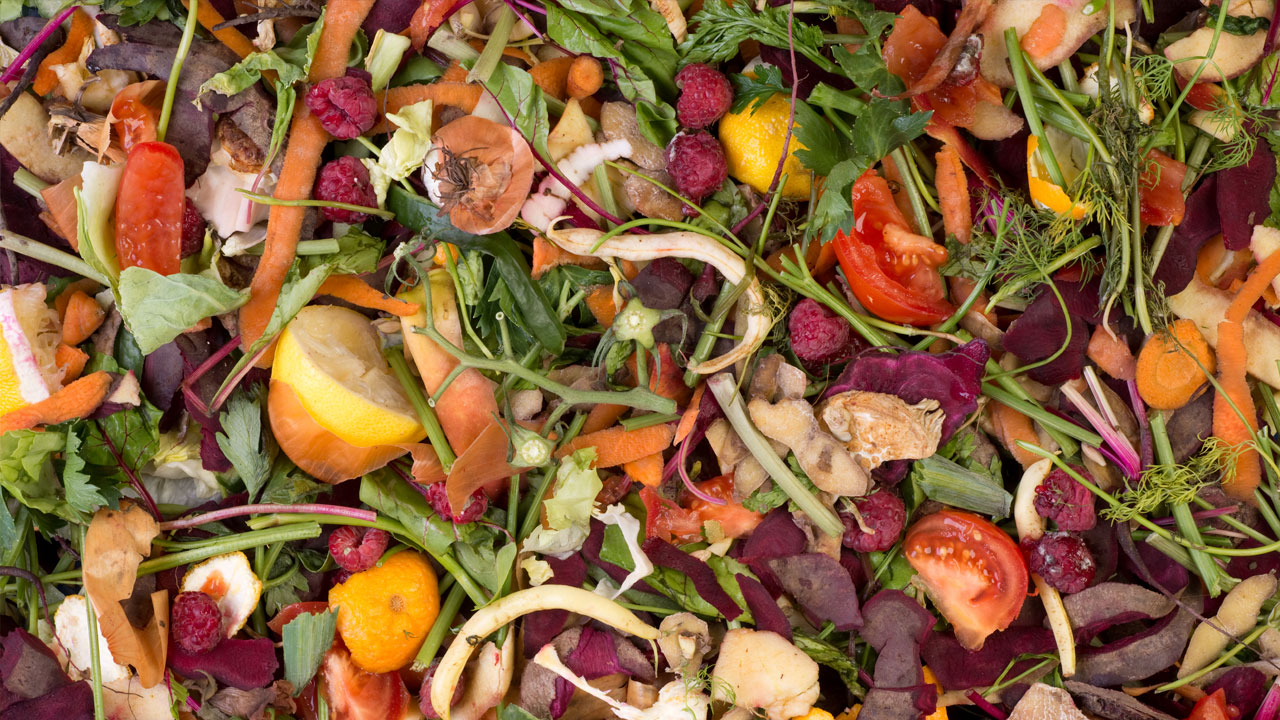Bokashi Fermentation: The Practice That Will Finally Change The Naysayers’ Minds on Composting
Jul 24th 2016
Trump, The Dallas Cowboys, Miracle Whip, composting. These topics tend to bring people into fits of polarized passion, but Bokashi fermentation may very well change the cynics’ views on composting. The process is faster, simpler and more predictable than traditional composting. Here are the reasons you should choose Bokashi fermentation for composting and how to get started.
Bokashi is a Japanese term that means “fermented organic matter.” Bokashi fermentation is the process of turning food scraps and kitchen waste into compost. The anaerobic process, in its most basic form, is all about fermenting organic matter in an acidic environment so it can be quickly assimilated into the soil again. Usually anaerobic composting has negative by-products, but Bokashi is a closed bucket system that allows composters to reap the benefits without the negative side effects.
For example, the process all occurs in a system so there are no insect or rodent issues, no putrid odors, and minimal (if any) greenhouse gasses produced. Bokashi is also beneficial because you can add all types of food waste including meat, cheese, dairy and bread. Unlike traditional composting, you don’t have to worry about mixing greens and browns in any specific ratio. Perhaps best of all, it’s affordable and the entire process takes weeks instead of months.
Getting Started with Bokashi – The Complete How To Guide
Bokashi is one of the most affordable composting systems. To get started, order one or two of our Bokashi composting kits. As you will see from the process below, after a Bokashi bucket is full, it must sit for two or so weeks while the fermentation process is occurring. Two buckets makes it possible to add food scraps and kitchen waste to a bucket while the other is fermenting.
To get started, sprinkle a layer of the included Bio Blend™ Bokashi Mix on the bottom of the bucket. Then add chopped food scraps and kitchen waste on top, remembering to add a thin coat of Bio Blend™ Bokashi Mix on top of the waste before sealing the container. Because Bokashi is an anaerobic process, it’s best to keep the bucket free from oxygen. To minimize exposure to oxygen some people recommend packing the previous day’s waste down with a plate. Also, be sure not to mix up the previous day’s waste as this will create oxygen pockets.
When the bucket is full, seal it tightly and place it out of direct sunlight. During the fermentation process a liquid fertilizer concentrate will form. This liquid contains beneficial nutrients and microbes that can be used as a fertilizer. Draw the liquid off with the bucket spigot every three to four days to keep the environment in the Bokashi bucket optimized for fermentation. Then dilute the fertilizer concentrate (25:1 for soil applications and 50:1 for foliar applications) and use it within a couple days.
After two to four weeks the fermentation process in the Bokashi bucket will be complete. Take the remaining solids out of the bucket and bury them in the soil or place them in a traditional composting pile. After the decomposition process is complete you have a rich, dark compost that can be used as a soil amendment in your garden.
Share Your Compost Adventures
Do you use Bokashi fermentation? If so, tell us what you think. We’d love to hear your insights, as well as tips you have for others just starting the process for the first time.


